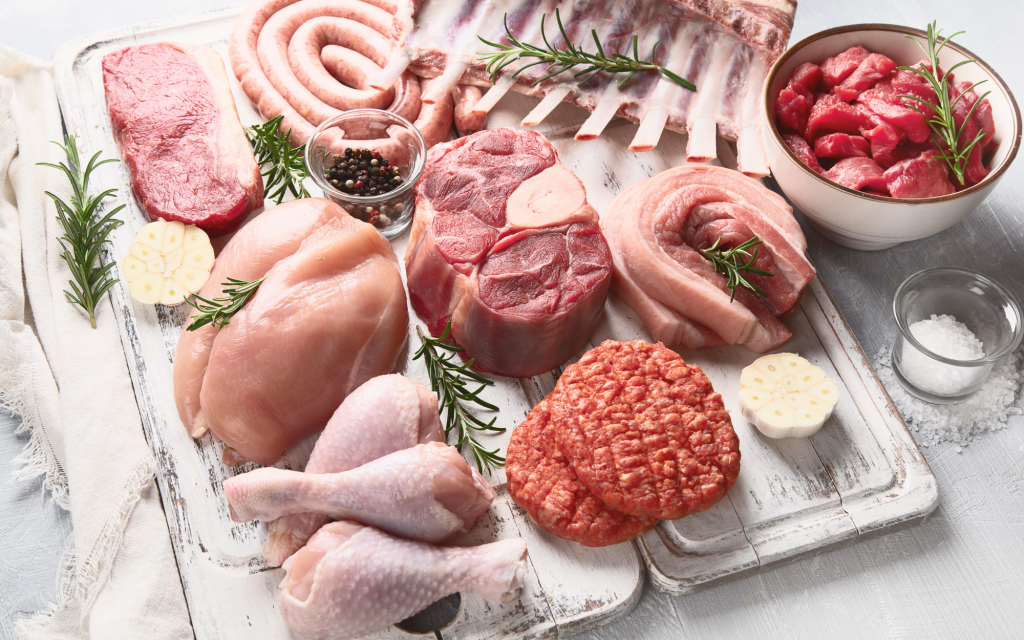Meat makers use quality control procedures to get rid of brine in an effort to lower the risks, but doing so frequently raises running costs, necessitates more effluent treatment, and causes production to stop.
Brine chillers have become a popular method of preserving processed meat products and extending their shelf life among food processors. However, this process also carries certain risks due to using lactic acids and the potential exposure of products to Listeria monocytogenes (Listeria). This harmful contaminant causes severe infection. Implementing UV disinfection in the brine chilling process can lead to a range of benefits.
To reduce these risks, meat producers often implement quality control policies to dispose of brine if the bacteria count begins to rise. Despite having strict quality control procedures, frequent brine disposal leads to higher operating costs for the producer. This includes the costs of purchasing more brine and indirect costs, such as increased demand for wastewater treatment and production downtime during brine changeover. If these procedures are not carried out properly, the risk of a costly product recall due to Listeria exposure increases.
In 2003, a study was conducted at the Virginia Polytechnic Institute and State University to assess the efficacy of UV disinfection in brine applications. The study, titled “Ultraviolet Light for the Inactivation of Listeria Monocytogenes and Lactic Acid Bacteria in Recycled Chill Meat Brines” (Eifert et al.), involved the continuous recirculation of fluid past the UV light. In meat brine applications, high levels of solids from added salt and particles from the meat product result in fluid clarity that is well below that of a typical UV water treatment application.
One of the critical parameters in UV system sizing is UV transmittance (UVT), which measures the amount of UV light that can penetrate the fluid and reach potential bacteria. The UVT of the brine in this study was 0% (completely opaque to UV light). In addition to UVT, disinfecting with UV light also depends on the residence time of the fluid in the UV chamber and the intensity of the UV light.
The study proved that even with a UVT of 0%, lactic acid bacteria and Listeria reduction is possible through UV disinfection in a meat brine application. The ideal recirculation rate was found to be equivalent to 1 gallon per minute for each gallon of brine volume. For example, a brine chiller with a volume of 100 gallons would require a recirculating pump and UV system capable of operating at a 100 gallons per minute flow rate.
Due to the cold temperature of the meat brine, a special cold temperature package was used with the UV lamp to ensure proper lamp ignition. Medium-pressure lamps were used in this study due to their polychromatic output, which has proven effective, especially in fluids with extremely low UVT.

For meat producers, there are several key benefits to implementing UV in their brine chilling process:
UV disinfection offers a cost-effective solution for meat producers looking to improve brine quality, reduce costs, and eliminate the risk of product recalls. By continuously recirculating the fluid past UV light, the study showed that even with a UVT of 0%, a reduction in lactic acid bacteria and Listeria is possible. Implementing UV disinfection in the brine chilling process can lead to a range of benefits, including lower maintenance costs, reduced demand for wastewater treatment, and extended shelf life of the final product.
Share: